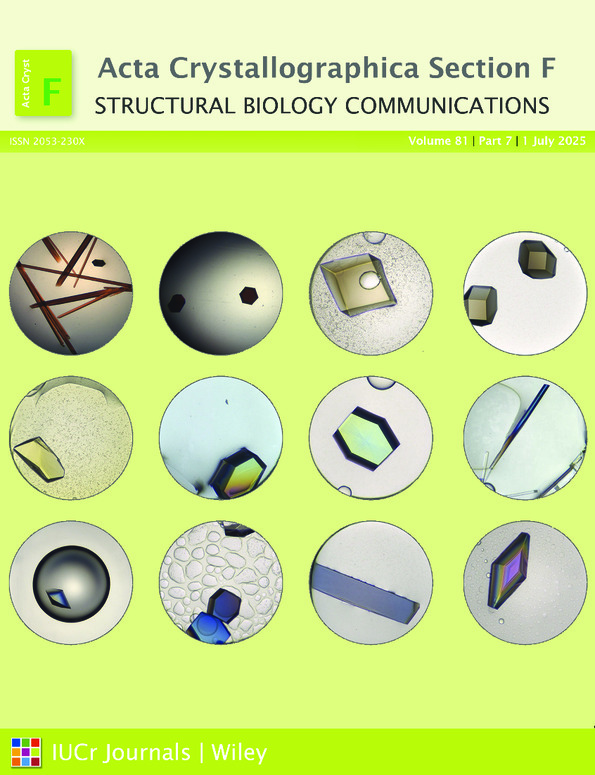Crystal structure analysis of oxygen-induced degradation occurring in rsCherry
Abstract
rsCherry was one of the first reversibly photoswitchable variants to be developed from mCherry. However, its practical applications have been limited due to several inherent drawbacks. We have recently shown that the purified protein undergoes oxygen-induced chromophore degradation in solution, resulting in the progressive loss of its fluorescence and color. In this work, we present four crystal structures of rsCherry that exhibit varying degrees of degradation. Our structural analysis indicates that oxygen-induced degradation of rsCherry predominantly affects the chromophore without altering the protein backbone. Changes were only observed in the conformation of Lys70, confirming the crucial role of this residue in chromophore damage in rsCherry. Overall, this study provides valuable insights into the structural changes triggered by oxygen exposure in rsCherry, offering suggestions for the development of stable red fluorescent proteins with improved resistance to oxidative damage.




